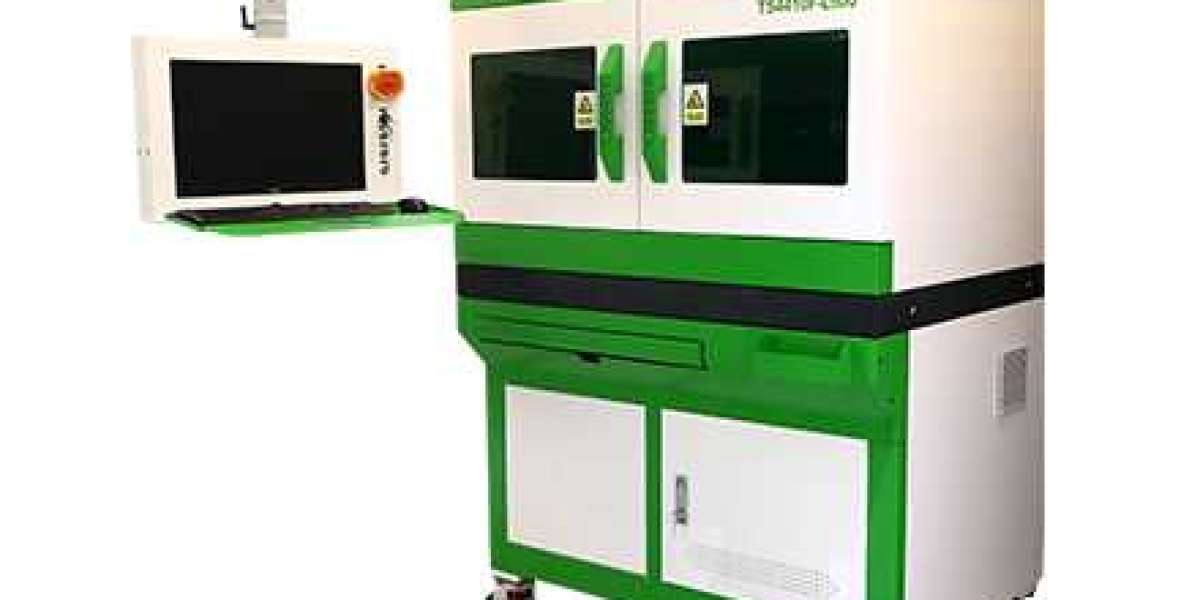Introduction
As technology advances, precision in electronics manufacturing has become more critical than ever. Laser resistor trimming is a revolutionary technique that enhances the accuracy, reliability, and efficiency of resistor adjustment. In this article, we explore why laser resistor trimming is the preferred choice for industries requiring high-precision electronic components.
What is Laser Resistor Trimming?
Laser resistor trimming is a process that uses a focused laser beam to finely adjust the resistance value of resistors. Unlike traditional methods that rely on mechanical trimming or chemical etching, laser trimming ensures precision adjustments without physical contact.
Key Benefits of Laser Resistor Trimming
High Precision – Achieves resistance accuracy as fine as ±0.01%.
Non-Contact Process – Avoids mechanical stress and potential damage.
Automated Scalable – Ideal for large-scale production with consistent quality.
Versatile Material Compatibility – Works with thick film, metal film, and film thermistors.
Fast Processing Speed – Reduces production time and enhances efficiency.
Industry Applications
Laser resistor trimming is widely used across multiple industries, including:
Aerospace Defense – Ensuring precision in navigation and communication systems.
Medical Equipment – Enhancing reliability in diagnostic and monitoring devices.
Automotive Electronics – Improving performance in sensors and control units.
Telecommunications – Supporting high-frequency circuits and RF components.
Why Choose Laser Resistor Trimming Over Traditional Methods?
Traditional resistor adjustment methods, such as mechanical trimming or chemical etching, have several limitations, including lower precision, slower processing speeds, and potential mechanical damage. Laser trimming, on the other hand, provides:
Superior Accuracy – Achieves ultra-precise resistance values.
Greater Reliability – No wear and tear due to contactless processing.
Enhanced Production Efficiency – Supports automation for mass manufacturing.
Conclusion
Laser resistor trimming is transforming the electronics manufacturing industry by providing unmatched precision, speed, and efficiency. As industries continue to demand high-performance electronic components, adopting laser trimming technology is a strategic move for manufacturers aiming for superior quality and reliability.











